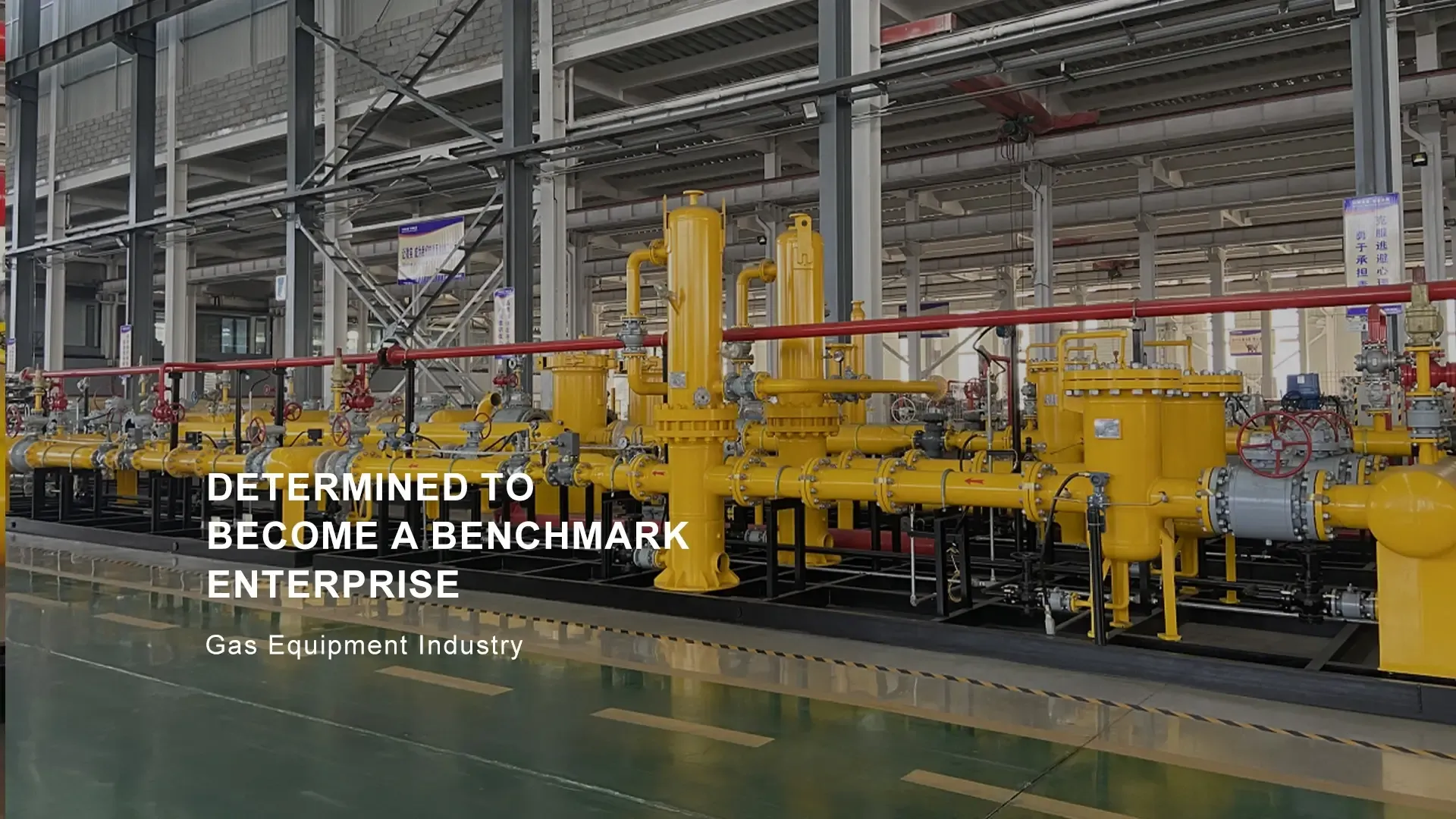
9 月 . 14, 2024 11:03
Back to list
gasification equipment
Understanding Gasification Equipment A Key to Sustainable Energy Production
Gasification is an advanced technology that converts carbon-based materials, such as biomass, coal, or municipal waste, into syngas (synthetic gas). This process not only enables the efficient use of resources but also offers a pathway for cleaner energy production. Central to this technology is gasification equipment, which plays a crucial role in the transformation of raw materials into usable fuel.
Gasification equipment typically consists of several key components the gasifier, reactor, feedstock preparation unit, syngas cleaning system, and energy recovery systems. Each of these components collaborates to optimize the gasification process, ensuring that various feedstocks can be converted efficiently.
The heart of gasification equipment is the gasifier itself. This unit operates at high temperatures and pressure, facilitating chemical reactions that break down organic materials into smaller molecules. The gasification process generally includes drying, pyrolysis, oxidation, and reduction phases. During pyrolysis, the feedstock decomposes into volatile compounds and char, while oxidation introduces a controlled amount of oxygen or air to interact with the carbon content, producing syngas primarily composed of hydrogen, carbon monoxide, and some carbon dioxide.
Different types of gasifiers exist, including fixed bed, fluidized bed, and entrained flow gasifiers. Each type has unique advantages and operational parameters, allowing operators to select the best option based on the characteristics of the feedstock and the desired output conditions. For instance, fluidized bed gasifiers are often favored for their flexibility and efficiency, handling a wide range of feedstocks and producing high-quality syngas.
gasification equipment

Once the syngas is produced, it must undergo cleaning to remove particulates, tar, and other contaminants. This is critical because impurities can affect downstream processes and equipment, such as engines or turbines used for energy generation. Gas cleaning technologies vary, including scrubbers, filters, and catalytic converters, all aimed at ensuring the syngas meets the desired specifications for combustion or chemical synthesis.
Moreover, the energy recovery systems integrated into gasification equipment allow for capturing waste heat, which can be repurposed for power generation or other processes. This enhances overall energy efficiency, making gasification a more sustainable choice compared to traditional combustion methods.
As global energy demands rise and the call for sustainable practices intensifies, gasification technology is gaining traction. Its ability to convert waste into valuable energy aligns perfectly with circular economy principles, promoting waste reduction and resource efficiency. Additionally, gasification equipment can significantly reduce greenhouse gas emissions when compared to fossil fuel use, thus supporting climate change mitigation efforts.
In conclusion, gasification equipment represents a fundamental advancement in our journey towards sustainable energy solutions. By transforming various feedstocks into clean syngas, it not only maximizes resource utilization but also fosters a cleaner environment. As technology continues to evolve, the role of gasification in the energy landscape is set to expand, positioning it as a cornerstone of future energy production strategies.
Latest news
-
Unlocking The Quality Gas Pressure ReducersNewsNov.01,2024
-
The Role of Gas Pressure Reducing StationsNewsNov.01,2024
-
The Importance and Functionality of Safety Relief ValvesNewsNov.01,2024
-
The Essential Role of Safety Valves in Natural Gas ApplicationsNewsNov.01,2024
-
The Essential Role of Gas Pressure RegulatorsNewsNov.01,2024
-
Enhance Your Premium Gas FiltersNewsNov.01,2024

